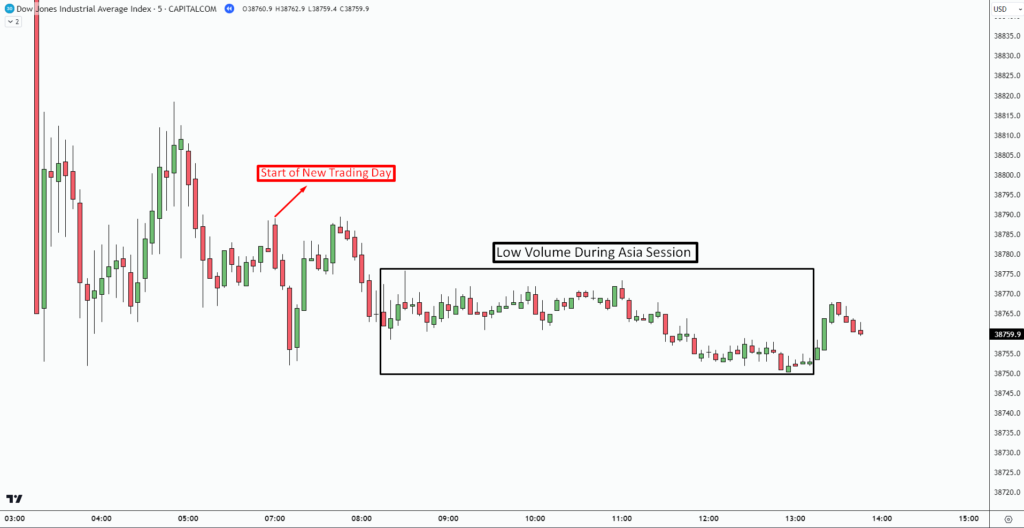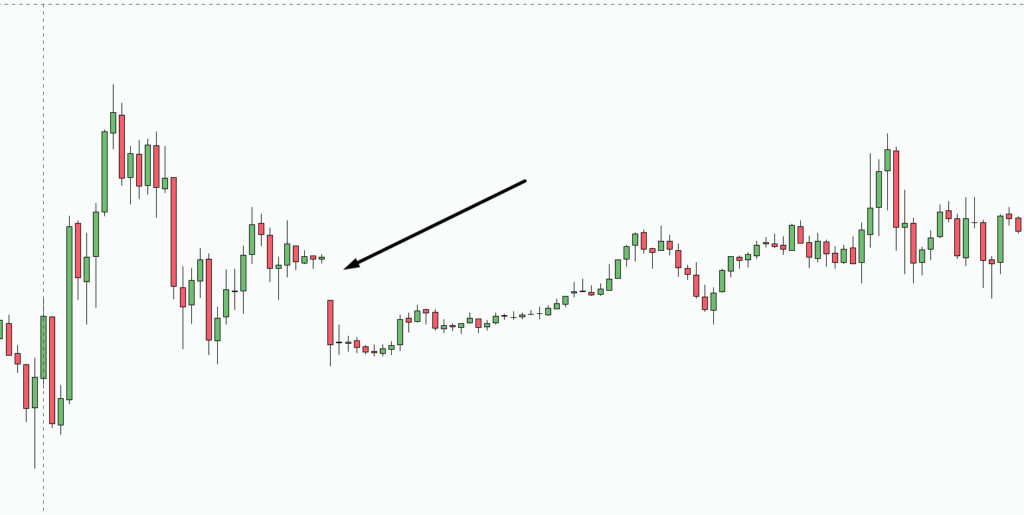Forex trading is filled with profitable opportunities and high return. However, it also has potential of risk. And one of the riskiest times to trade forex is during midnight market opening hours. Why? because of low liquidity.
As one session closes and another opens, forex traders can experience wider spreads, unusual volatility and delays in trade execution which results in slippage or stop loss hits. In every SureShotFX blog, we try to cover the most valuable knowledge for a forex trader. So, let’s understand why you should not trade during market opening hours in forex and how you can protect your profits in forex?
Low Liquidity
In the forex market, liquidity and how much prices move are connected. In case of low liquidity in the forex market, market sentiment becomes more volatility resulting in extreme price fluctuations. This happens due to less active buyers or sellers in the market. Forex market is mostly low in liquidity during market opening hours or midnight market opening hours.

So, when traders try to place or close a trade, they may find that their order doesn’t get filled right away or at the price they want. This lack of availability in trading can result in larger differences between the buying and selling prices, significantly impacting how a trader’s actions are carried out.
High Volatility
The late-night market opening hours, often acknowledged for having low liquidity, experience heightened market volatility. This volatility is marked by sudden and sharp price changes, making it challenging to predict market movements accurately.
Traders who have set tight stop-loss orders may encounter premature stop-outs, even if the eventual market direction aligns with their position. In these periods of high volatility, the likelihood of experiencing significant slippages rises, potentially resulting in considerable financial losses.
Price Gaps
Price gaps are the significant difference between the closing price of one trading session and opening price of another. When there’s a surge in trading activity during a market gap, it shows stronger belief or confidence in the market direction. On the other hand, if the trading volume goes down, it suggests a lack of active traders in the market and potentially a false breakout.

If you have active trades and the market starts with a gap that goes against your positions, it can result in substantial losses or hit your stop-loss orders at unexpected prices. Occasionally, pending orders may also stay inactive because of these gaps.
Wide Spreads
The main reason for the wider gap between buying and selling prices during midnight market opening hours in Forex is the actions of large institutions and banks. They often close out their positions or make adjustments to their exposure during this time.
In these late-night hours, many Forex spot transactions occur. A Forex spot transaction involves two parties agreeing to buy one currency and sell another at a prearranged price for settlement on the spot date.
When specific financial centers are closed, institutional traders, banks, and hedge funds may build up positions based on events and news happening outside regular trading hours. Upon the market reopening, they reevaluate their positions, possibly deciding to close or adjust them based on the latest information.
This process can result in a surge of orders, but with limited trading activity in the market during that time, the difference between buying and selling prices widens. A wide gap can sometimes trigger stop losses even without the presence of new price candles.
Slippage
In times of low liquidity, the execution of orders may experience delays, resulting in traders missing opportunities or facing unfavorable entry and exit prices. These less-than-ideal prices are commonly referred to as “slippage.” There are situations where traders discover that their orders are not promptly executed, causing frustration and the possibility of incurring losses.
Conclusion
Trading during market open hours can be challenging for traders. During this time, the market has fewer participants, leading to low liquidity. A market with low liquidity tends to have wider spreads, sudden volatile spikes, and delayed order executions.
When all these factors come into play, traders may encounter unexpected slippage and stop-loss triggers at unfavorable price levels. To guard against such issues arising from widened spreads, seasoned traders often refrain from trading during these periods. Instead, they exercise patience, waiting for market conditions to stabilize and become more liquid before actively engaging in trading activities.
The post Why You Should Avoid Market Open Hour? appeared first on SureShotFX.



